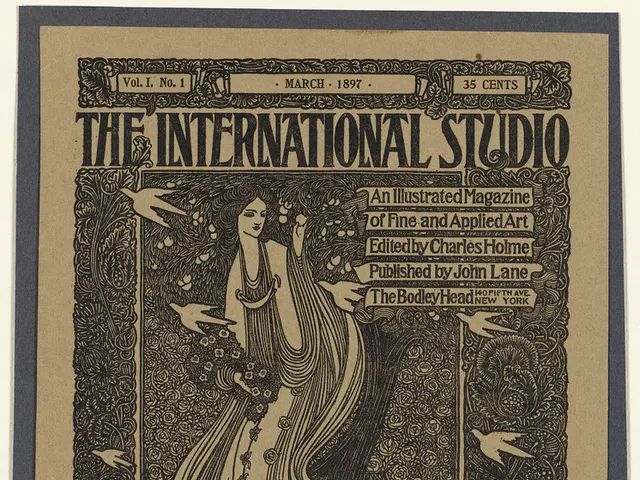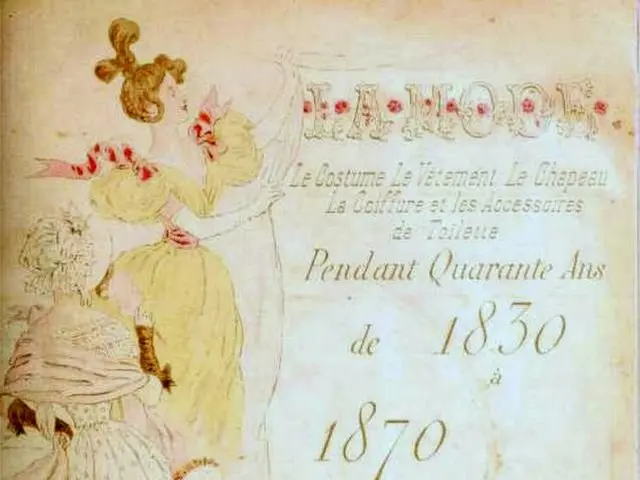Figurative Language Drives Narrative: Leveraging Imagery for Story Progression
In the realm of storytelling, metaphors serve as structural pillars rather than mere ornaments. They imbue narratives with depth and resonance, illuminating not only the events but the emotions and themes lying beneath.
When skillfully employed, metaphors do more than just clarify; they infuse prose with tension and insight, guiding the course of the story. They form couplings between what unfolds on the page and what lurks beneath, creating a symbiotic relationship that enriches the reader's experience.
Consider metaphors as architectural elements, not decorative trimmings. They offer a means to weave together plot, character, and theme within a single framework.
Differentiating metaphors from their close relatives, similes and symbols, is essential for understanding their unique powers. Metaphors directly compare two unlike things without the use of 'like' or 'as'. An example: 'Her mind was a locked room.' Similes utilize 'like' or 'as,' for instance, 'His anger was like a storm cloud.' Symbols carry thematic weight through objects or actions, such as a broken watch symbolizing lost time.
While all three can strengthen a tale, metaphors stand out due to their ability to blend interior and external experiences seamlessly. They do not merely point at things; they transform them, often mirroring a character's growth or signaling a shift in narrative stakes.
Metaphors transcend the role of prettifying phrases. Take, for example, the simple sentence, 'He carried his guilt like a sack of wet sand.' If metaphorically charged, this sentiment could develop into a thread that intertwines a character's internal struggles with external actions, generating narrative momentum.
Figurative language can propel a story beyond mere embellishment. Here are specific examples of how metaphors serve as keys that unlock plot development.
1. Metaphor as a Map for Character Change
Characters rarely undergo emotional transformations in isolation. Their perspectives shift as well, evolving how they see the world. Metaphors can track these changes. For instance, a character viewing relationships as 'battles' might adopt defensive behaviors, eschew vulnerability, and function strategically in intimate settings. As their worldview softens, so too might their metaphors.
Example:
- Beginning: 'She guarded her heart like a soldier behind enemy lines.'
- Middle: 'Love was a truce - fragile, yet possible.'
- End: 'Now, her heart felt more like an open window - unguarded, maybe, but finally breathing.'
These transitions not only illustrate internal change but reinforce it, with the metaphor evolving at each stage.
2. Metaphor as a Foreshadowing Device
Precisely chosen figurative language can subtly hint at what's to come. This technique fosters a sense of prophetic tension by engaging the subconscious mind before the conscious mind has discerned the connections.
Example:
Early in the story, a character may characterize their marriage as 'a house full of hairline cracks.' Despite their lack of understanding about the risks, the metaphor primes the reader to recognize the eventual emotional or literal collapse as an unavoidable inevitancy.
3. Metaphor as Scene Engine
In some instances, a single figurative concept can drive an entire scene. Imagine a confrontation unfolding like a chess game or a negotiation, or a kiss depicted as breaking a dam. If the metaphor extends across the scene, it adds nuances to pacing, tone, and emotional intensity.
This narrative technique underpins the so-called 'extended metaphor,' which subtly shapes prose style, pacing, and emotional arc. However, it must be used sparingly to avoid the risk of becoming excessive or melodramatic.
Thematic Cohesion Through Metaphor
A strong narrative is seldom focused on a single idea. Nevertheless, carefully crafted metaphors can act as unifying forces, interweaving various themes under a shared conceptual umbrella. This harnesses figurative language's power to consolidate disparate elements, transforming it from flavorsome addition into structural element.
The Central Metaphor
Some novels rest on the foundation of a unifying metaphor. In 'Beloved,' Toni Morrison employs the ghost of a dead child to encapsulate the traumatic legacy of slavery in both personal and historical terms. In 'The Great Gatsby,' the green light symbolizes elusive dreams, filtered through metaphors of distance, time, and illusion.
While not every story requires a central metaphor, the organic emergence of such a leitmotif should be nurtured. Allow it to appear at key moments, change tone as the story evolves, and catalyze transformation in the narrative.
Weaving Metaphor Across POVs
In multi-POV narratives, recurring metaphorical images can help create unity or contrast perspectives among characters. By exploring differing emotions, fears, and desires through these metaphors, thematic complexity can be added without relying on exposition.
Practical tips for generating momentum-building metaphors:
- Start with character emotion. Tether metaphors to a character's current emotional state, desires, or fears. This fosters intimacy and authenticity.
- Anchor in the senses. Make your metaphors sensory, grounding them in texture, motion, temperature, and light. This gives metaphors substance and immediacy.
- Build metaphorical chains. Cascade metaphors throughout your narrative, echoing and evolving them to deepen emotional resonance and create a sense of purposeful design.
By following these guidelines, metaphors can transcend their role as mere language decoration and become narrative engines. They shape how readers interpret plot twists, set emotional tone, and transform ordinary scenes into unforgettable ones. When approached with care and finesse, metaphors are more than just playful embroidery; they are momentum-generating engines.
In the realm of narrative, metaphors can serve as educational tools, aiding the development of characters and their emotional arc, much like how textbooks help enhance knowledge and personal growth in the realm of education and self-development. Likewise, metaphors can mirror the evolving fashion-and-beauty trends by transforming the ordinary into something extraordinary, just as a skilled makeup artist can enhance one's natural features and create a striking appearance. Therefore, metaphors can be considered as essential building blocks, much like the pillars of a sophisticated lifestyle, rather than mere embellishments.








